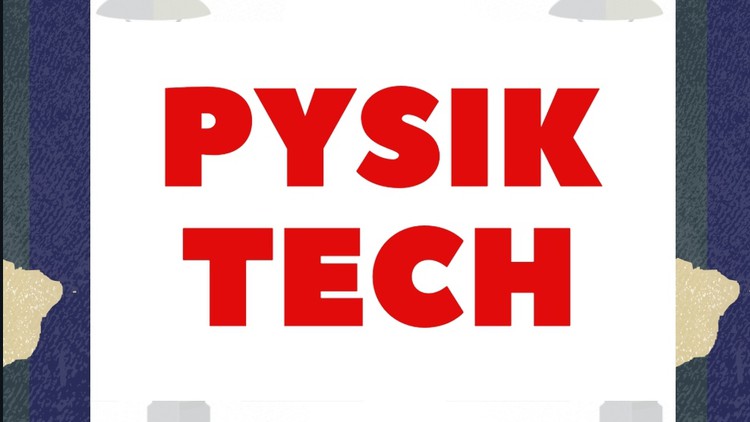
What you will learn
Students Can Know About Physics
The Course Contain Around 2 Hours
The Learner May Not Get The Concepts, If They Don’t Watch it Properly
Each Video Will Explains The Techniques to Solve Problems in Physics
The Course Conducting by Shafas
Description
Physics is a subject that often gives students many headaches as it includes complex mathematical problems. However, it is a fascinating natural science that has contributed greatly to helping us understand the world around us and to develop technologically. We discuss some top tips below to help you gain an understanding of physics and achieve good exam results in this subject.
How to Study Physics:
1. Master the Basics:
Physics is based on a number of central theories from which everything else develops. It is therefore very likely that the problems you will have to solve in the exam will be based on these core concepts or a variation of these. Consequently, instead of trying to memorize complex problems, it is advisable to assimilate the basic concepts and theories which will help you understand the underlying principles and the connection between different subjects.
2. Strengthen Your Maths Skills:
As already mentioned, if you are studying Physics then you will see that it incorporates many mathematical elements. This means that you would easily master this subject if you were adept at tackling multiple formulas and problems. Review or study Mathematics alongside your Physics and this will help you to improve your management of the formulas and concepts.
Content